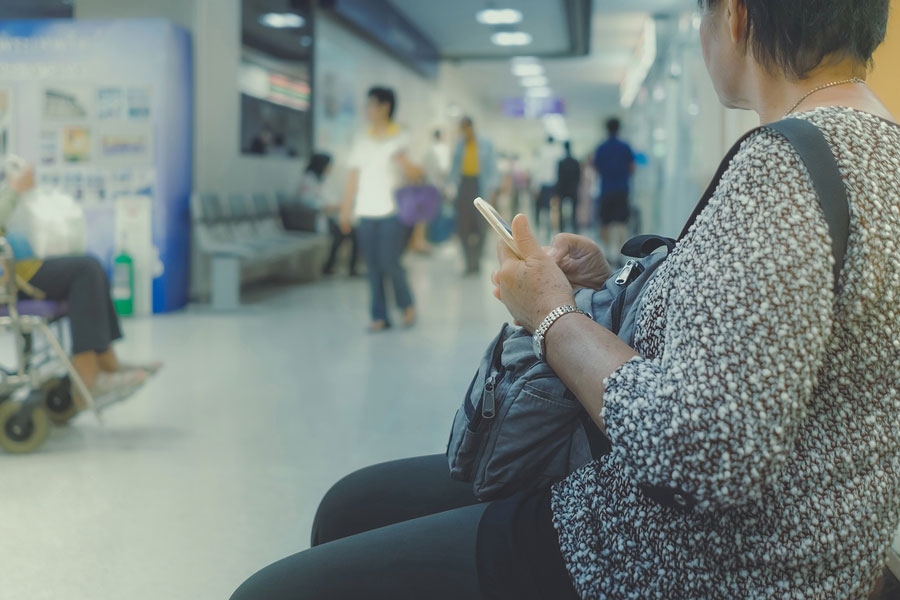
Leveraging Peer Specialists and Patient Engagement Tools Prior to Discharge Helps Establish a More Successful Recovery Journey
According to the US Centers for Disease Control and Prevention, drug overdose deaths fell from just over 72,000 in 2017 to 68,500 in 2018.[1] Opioid-related deaths fell only slightly, from 49,000 to 47,600 during the same time period. While the progress is positive, it is also slow. Losing 188 individuals each day to drug overdose—130 from opioids—is still too high.
While the personal, societal, and economic impacts of drug addiction are complex, there are solutions at hand that—if widely adopted—could make significant headway in reducing the toll.
One of the those lies within a single source that sees Substance Use Disorder (SUD) patients most often: the hospital emergency department (ED). Between July 2016 and September 2017, there were 142,557 visits of individuals 11 or over to the ED due to overdose.[2] That is an increase of nearly 30% throughout the year. Some states have seen even higher increases such as Wisconsin at 109% and Delaware at 105% during the same period.
Starting Treatment in the ED
Standard processes for treating SUD patients in the ED typically include SBIRT (Brief Intervention, and Referral to Treatment) screening. Yet there is another program more progressive hospitals have begun implementing—peer support. Studies have proven that when hospitals leverage peer specialists, SUD patients are more likely to attend a support meeting within a week of discharge. [3] They are also more likely to seek professional treatment and remain abstinent.[4]
Integrating patient engagement technology with a peer support program can greatly enhance effectiveness of the peer-patient relationships. The Connections patient engagement app from CHESS Health is a proven solution many hospitals have adopted. The Connections app is part of CHESS Health’s eIntervention solution which was developed to help increase access and get patients into treatment faster. Peers introduce SUD patients to the app while they are still in the ED. This can alleviate the fear of going it alone after discharge and gives patients hope by providing them the opportunity to begin recovery immediately. The app provides patients with 24/7 access to their peers right in the palm of their hand. Tools such as interactive motivational videos, journals, daily surveys, a recovery meeting-finder, and appointment reminders help patients stay connected, motivated, and on track. The app also provides a “Beacon” button that patients can use to alert their peers and support team of an impending risky situation or potential relapse.
Enabling Long-Term Success
The battle against the opioid epidemic continues to wage on. Hospitals must accept their role in successfully winning this war by doing away with the typical “treat and release” approach to treating SUD patients. Continuity of care is essential for SUD treatment success and it begins in the ED. Implementing peer support and intervention technology before discharge gives patients the tools they need so they leave the hospital better prepared, more motivated, and with actual resources they need for long-term recovery success.
[1] https://time.com/5628293/drug-overdose-deaths-2018/
[2] https://www.cdc.gov/mmwr/volumes/67/wr/mm6709e1.htm
[3] http://www.williamwhitepapers.com/pr/dlm_uploads/Recovery-Support-Research-Lit-Review-MGH-Harvard-Recovery-Research-Institute-2018.pdf
[4] https://www.bmc.org/addiction/grayken-news/innovation-in-substance-use-disorder-treatment-in-ed
